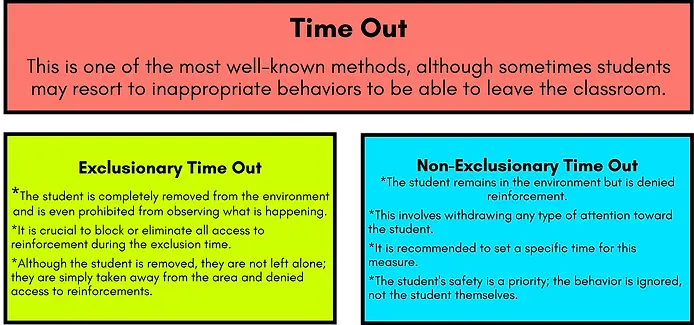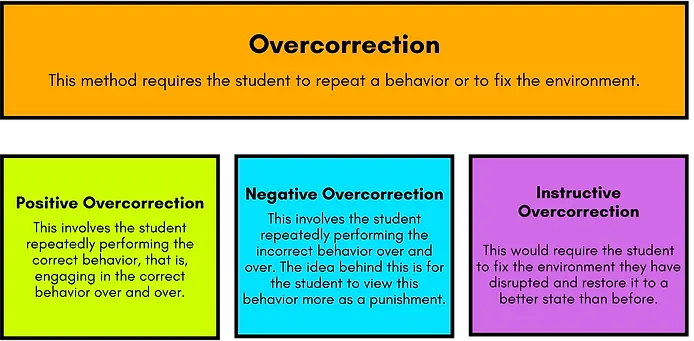G.17 Design and evaluate positive and negative punishments
- ABA Kazam
- Oct 23, 2023
- 2 min read
Updated: Jan 20
Punishment is a behavior modification technique used to reduce the likelihood that an unwanted behavior will be repeated. There are two main types of punishment: positive and negative.
Positive punishment: involves adding an aversive stimulus after an unwanted behavior. The goal is to decrease the likelihood that the behavior will be repeated. Examples include:
A child who misbehaves may be punished with a time-out.
The assignment of additional tasks as a consequence of bad behavior.
Negative Punishment: involves removing a positive stimulus after an unwanted behavior. This seeks to reduce the frequency of the unwanted behavior by removing something that the individual values. Examples include:
A child who does not do his homework may lose free time.
Removal of privileges, such as screen time, as a consequence of inappropriate behavior.

Considerations When Using Punishment
Punishment should be applied with caution to avoid potential negative effects:
Punishment Avoidance: Individuals may learn to avoid punishment rather than changing their behavior appropriately.
Negative Emotions: Punishment can trigger emotions such as anger or frustration, which can negatively affect the relationship and the learning environment.
Discourage Communication: May reduce individuals' willingness to communicate or collaborate.
Response Cost: This is a type of negative punishment used within token economy systems. In this system, students receive tokens for desired behaviors, and a token is removed when an undesired behavior occurs. For response cost to be effective, the following must be considered:
Severity of Unwanted Behavior: Make sure the response cost is commensurate with the seriousness of the behavior.
The Value of the Token: The token must have sufficient value to motivate a change in behavior.
Response Cost Frequency: Avoid using excessive response cost to avoid demotivating the student.

Punishment can be an effective tool for reducing unwanted behaviors, but its implementation must be careful and balanced. Continually assessing the effects of punishment and adjusting its use based on the individual's responses is critical to minimizing negative effects and promoting positive and sustainable behavior changes.





Comments